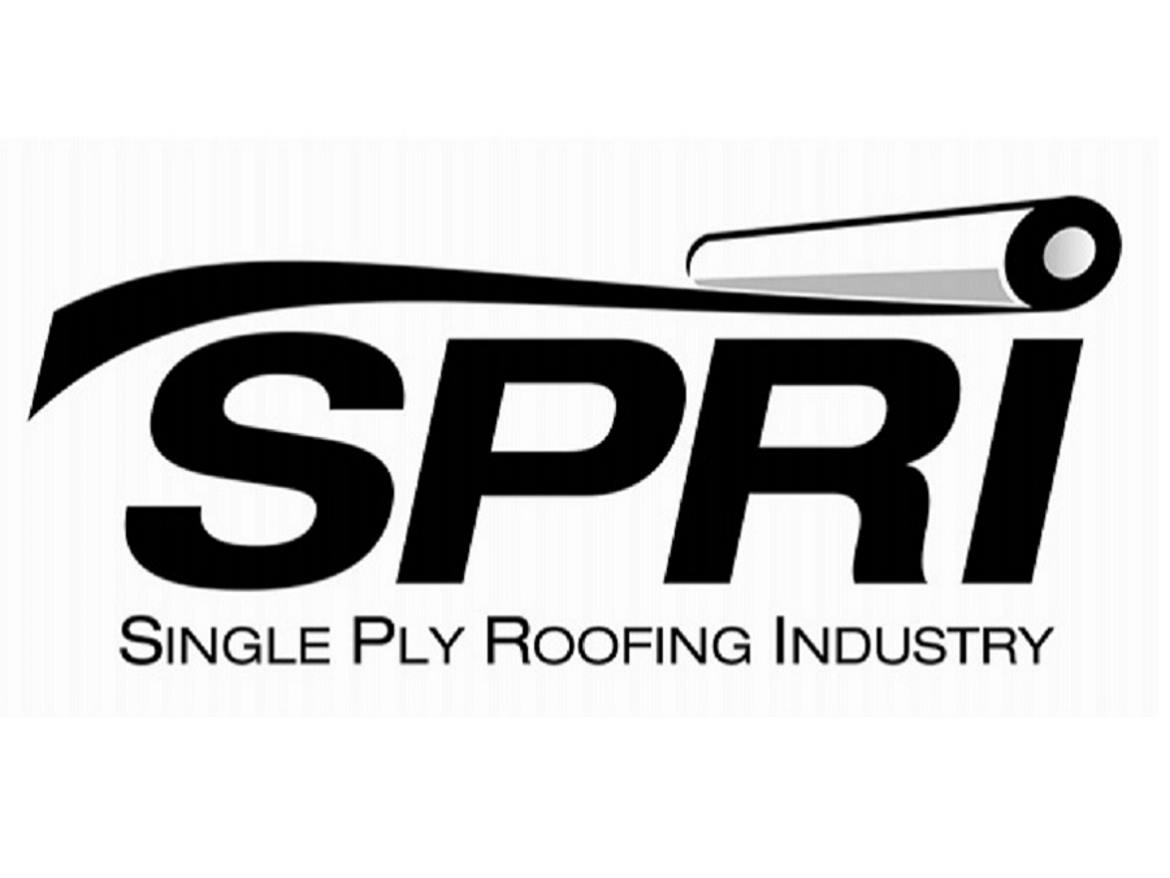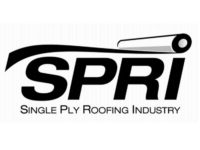SPRI, Inc., the trade association representing the manufacturers of single-ply roofing systems and related component materials, has posted a new white paper that details the process of building consensus among multiple diverse stakeholders, to change the International Building Code (IBC).
The recently released 2024 International Building Code, includes language for the first time that clarifies how Lightning Protection Systems (LPS) when used on commercial structures, should be attached to roofing assemblies, roof covers, metal edge systems and gutters.
The new language, which has been added as new subsections in Section 1511 ‘Rooftop Structures,’ in the 2024 edition of the IBC, stipulates that the work must be completed in accordance with the manufacturer’s or a design professional’s instructions, and where LPS components are secured to, or penetrate the roof, they must be properly flashed. The specific language reads as follows:
1511.7 Other rooftop structures. Rooftop structures not regulated by Sections 1511.2 through 1511.6 shall comply with Sections 1511.7.1 through 1511.7.6, as applicable.
1511.7.6 Lightning Protection Systems. Lightning protection system components shall be installed in accordance with Sections 1511.7.6.1, 1511.7.6.2, and 2703 of this code.
1511.7.6.1 Installation on metal edge systems or gutters. Lightning protection system components attached to ANSI/SPRI/FM 4435/ES-1 or ANSI/SPRI GT-1 tested metal edge systems or gutters shall be installed with compatible brackets, fasteners, or adhesives, in accordance with the metal edge systems or gutter manufacturer’s installation instructions. Where the metal edge system or gutter manufacturer is unknown, installation shall be as directed by a registered design professional.
1511.7.6.2 Installation on roof coverings. Lightning protection system components directly attached to or through the roof covering shall be installed in accordance with this chapter and the roof covering manufacturer’s installation instructions. Flashing shall be installed in accordance with the roof assembly manufacturer’s installation instructions and Sections 1503.2 and 1507 where the lightning protection system installation results in a penetration through the roof covering. When the roof covering manufacturer is unknown, installation shall be as directed by a registered design professional.
SPRI, along with representatives from the Lightning Protection Institute (LPI), the United Lightning Protection Association (ULPA), UL Solutions, the Asphalt Roofing Manufacturers Association (ARMA), the National Roofing Contractors Association (NRCA), the National Electrical Manufacturers Association (NEMA), and the Roof Coating Manufacturers Association (RCMA), worked closely for several months to build consensus to get new language written, approved and adopted into the International Building Code (IBC) which goes beyond the existing installation standards outlined in NFPA 7980 and UL 96A.
The white paper, titled ‘Lightning Protection Code Change Updates,’ was co-written by SPRI and the Lightning Protection Institute with then SPRI President Brad Van Dam and Lightning Protection Institute Executive Director Tim Harger leading the effort. The white paper provides details not only about how changes are made to the IBC, but also the process of building consensus among diverse stakeholders. The paper is available online at SPRI.org, or by clicking here.
SPRI is the leading authority on single-ply roofing, dealing exclusively with thermoset, thermoplastic, and modified bitumen roofing systems, and materials. Through an open forum for discussion, education and innovation, our dedicated commercial roofing industry experts provide ongoing resources and expertise to contractors, architects, and building owners. For additional information, visit www.SPRI.org, send email to info@spri.org, or call 781.647.7026.

